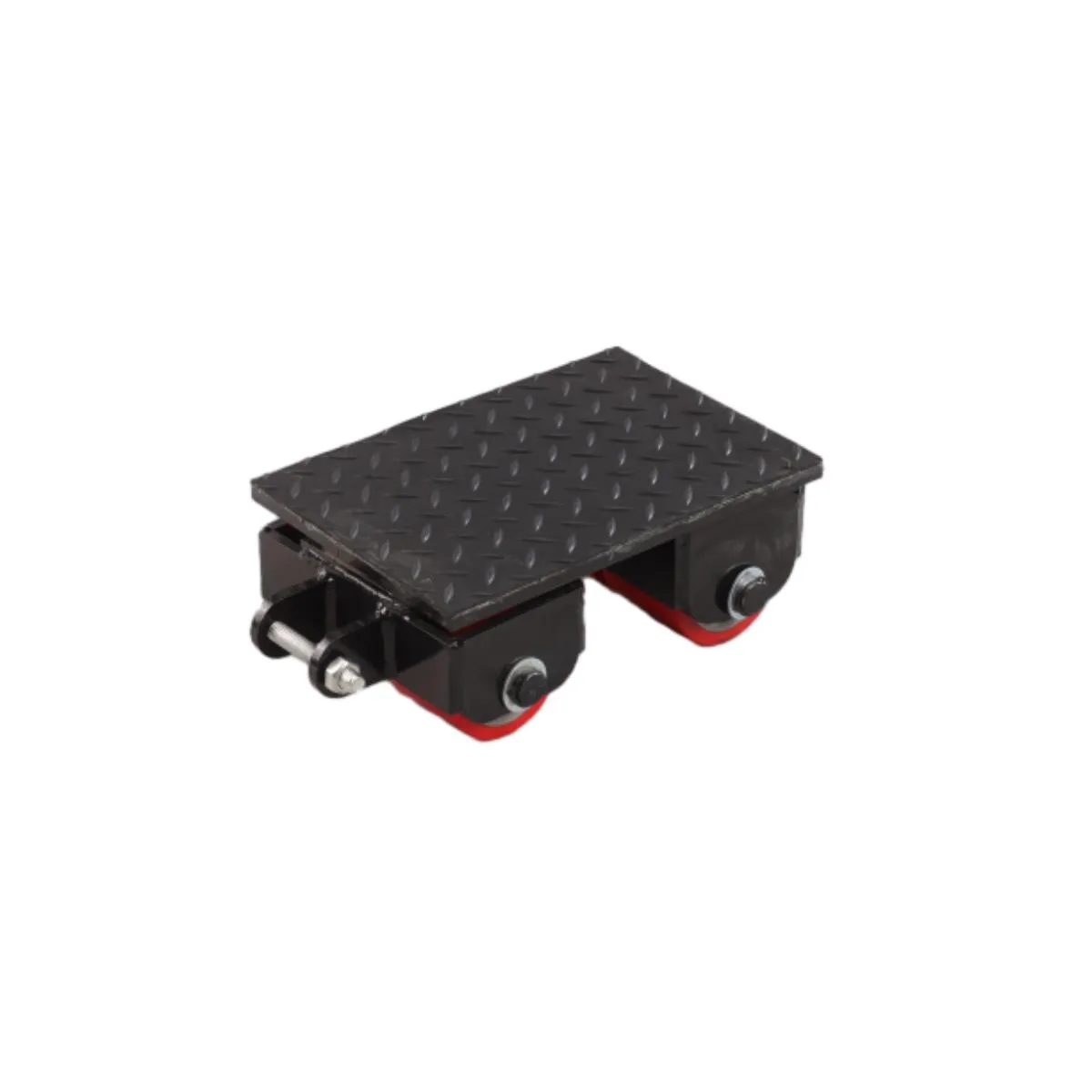Temporary Support Structure for Construction Projects and Heavy Load Handling
The Evolution and Significance of Temporary Gantries in Construction
In the fast-paced world of construction, safety and efficiency are paramount. Among the various innovations that have emerged to enhance these aspects, temporary gantries stand out as a vital component in many projects. Temporary gantries are structures that provide stability and support during construction activities, particularly when working at heights or near hazardous areas. These robust frameworks are crucial for scaffolding, material handling, and even as support for large equipment during the building process.
Understanding Temporary Gantries
Temporary gantries are typically constructed from lightweight yet durable materials such as aluminum or steel, offering flexibility and strength. They can be tailored to meet specific project demands and can be configured in various designs. Their primary function is to span over open areas, providing a safe passage for workers and equipment while allowing ongoing operations beneath.
One of the standout features of temporary gantries is their modular design. This means they can be assembled and disassembled quickly, which is essential in projects with tight deadlines. Construction teams can set up these structures without extensive downtime, ensuring that the workflow remains uninterrupted. Moreover, they can adapt to changing project conditions, making them invaluable on dynamic job sites.
Applications of Temporary Gantries
Temporary gantries have a wide range of applications in the construction industry. One of the most common uses is for supporting hoists and cranes, facilitating the vertical movement of materials and workers. They are also essential for providing elevated work platforms during maintenance or repair work, particularly in the case of high-rise buildings or complex structures.
In addition to their role in material logistics, temporary gantries play a significant part in ensuring safety on construction sites. They help to delineate work zones, guide traffic, and protect workers from falling debris. By creating a physical barrier, temporary gantries enhance the visibility of hazard zones, thereby significantly reducing the risk of accidents.
temporary gantry

Safety Considerations
The implementation of temporary gantries is closely related to safety regulations in construction. Engineers and safety officers must rigorously assess the structural integrity and load-bearing capacity of these frameworks to ensure that they can withstand the forces they are subjected to during use. Furthermore, it is essential to train workers on how to operate around these structures safely. Proper signage, barriers, and personal protective equipment (PPE) are critical in mitigating risks associated with working near or under temporary gantries.
Regular maintenance checks are also crucial. Inspections should be conducted frequently to identify wear and tear or any structural damage that may compromise the integrity of the gantry. A proactive approach to safety not only protects workers but also enhances overall project efficiency.
The Future of Temporary Gantries
As the construction industry evolves, so too do the technologies and methodologies surrounding the use of temporary structures. The advent of smart construction practices and enhanced materials science may lead to the development of more advanced temporary gantries that can monitor their own structural health in real-time. Innovations such as integrated sensors could provide data on stress levels, environmental conditions, and safety compliance, allowing for a more data-driven approach to project management.
Moreover, the integration of green technologies could see the use of more sustainable materials and processes within the fabrication of temporary gantries. There is a growing recognition of the need to minimize the environmental impact of construction projects, and temporary structures will need to align with these sustainability goals.
Conclusion
In conclusion, temporary gantries are indispensable in modern construction projects, providing support, safety, and efficiency. Their adaptability makes them a favorite among contractors who need reliable and flexible solutions in dynamic work environments. As safety standards evolve and technologies advance, the role of temporary gantries will only expand, ensuring that they remain a cornerstone of safe construction practices for years to come. Their continued development is crucial for meeting the demands of contemporary construction and fostering a safer working environment for all.
-
PML 6 Lifting Magnet Troubleshooting GuideNewsJul.25,2025
-
Permanent Magnetic Lifter Market TrendsNewsJul.25,2025
-
Machinery Mover Applications in IndustryNewsJul.25,2025
-
Heavy-Duty Machine Moving Dollies DesignNewsJul.25,2025
-
Unlock Seamless Relocation with Our Heavy Equipment Moving ExpertiseNewsJun.06,2025
-
Unleash Unrivaled Flexibility with Our Adjustable Gantry CraneNewsJun.06,2025
-
Unleash Heavy-Duty Efficiency with Our Industrial Gantry Crane SolutionsNewsJun.06,2025
